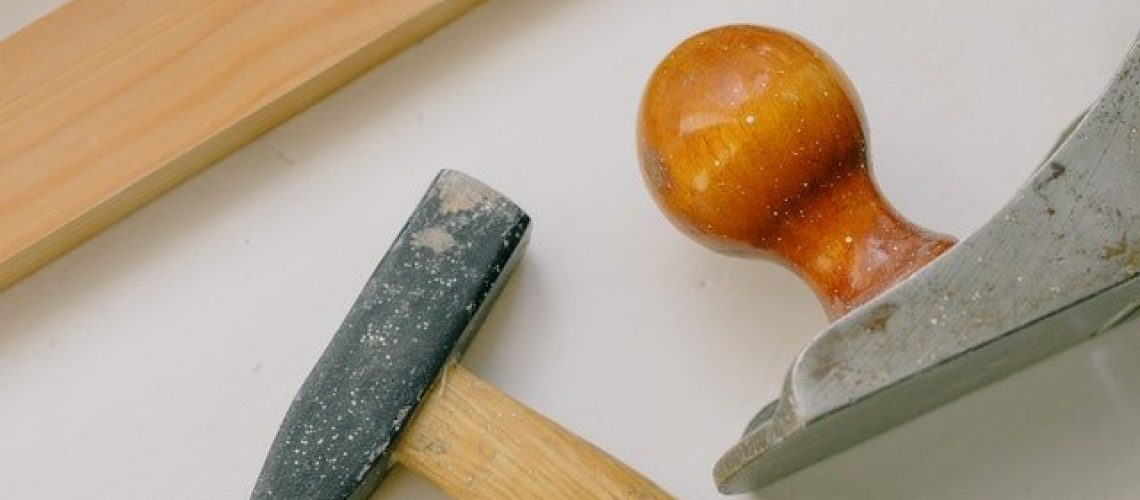Cognitive Behavior Therapy (CBT) is a fantastic approach to anxiety disorders. Instead of focusing on the past like other methods can do, CBT is based on the present and future. CBT Tool Training at Home is a plan that you develop with your therapist in the session, based on your goals and needs, to then practice between the sessions. This means you end up getting a lot more therapy in a short period of time and people often see changes in weeks and months, not years.
CBT teaches clients the connection between their thoughts, emotions, and behaviors.
All three can greatly influence one another, so experiencing negative thoughts can affect your emotions and, in turn, your behaviors. When you are suffering from anxiety, it is hard to control your emotions and thoughts on your own. However, when you learn the coping skills associated with CBT, you can put them to use at any time! This is why from the first session, you will be learning about the power of CBT Tool Training at Home.
In the last year, more people have come to realize the power and benefits of practicing self-care and mindfulness from the comfort of their own homes. CBT is no exception to this. Unfortunately, many people may associate CBT with something that needs to be done with a therapist in person or virtually—however, that is often not the case.
You can learn how to harness the power of CBT tool training at home or in public, and here’s how!
You Can Change Your Perspective at Home
Even if you’re at home, you can teach yourself to become aware of and then counteract your own negative thought patterns. Whether you’re at work or at home, you may find yourself thinking negatively throughout the day. You may assume the worst is going to happen or criticize yourself harshly for mistakes that you have made.
But instead of letting these thoughts repeatedly ruminate in your head, a core principle and tool of CBT is to challenge these thoughts
If you are working from home, for instance, and receive negative feedback about something you completed, you may beat yourself up about it. You could think, “Wow, I really blew that report. I am such a failure.” Instead, you can reframe this thought to something positive and self-supportive. “I know I didn’t do my best on this report, but I am still a hard worker, and I can try to do better next time.”
Journal at Home
One of the worst things we can do when experiencing anxiety is to keep it bottled up inside. Too often, we don’t talk about what’s bothering us for fear of being judged or not taken seriously.
If you are between sessions with your therapist or not currently seeing one, you can begin journaling at home. Writing is an underestimated way for people to get their thoughts and feelings out. Releasing them out into the universe will help you to empty your mind from troubling thoughts or feelings.
A great tip if you are going to journal is to write down your thoughts. Then, in a column next to it, challenge that specific thought with something positive and self-supportive.
In the long term, this will help you to change your perspective by keeping a running record of how you are challenging your own limiting beliefs, which will actually help you to change your beliefs (and your brain too!) As time progresses, you can look back at this journal and be reminded of how far you have come! Journaling is a great way to practice the tools associated with CBT from the comfort of your home and on your own time!
Practice Deep Breathing Exercises and Mindfulness
One important component of CBT is to learn in the moment skills that help you deal with overwhelming anxiety. A great way to do this is through deep breathing exercises. While soothing rhythm breathing is most associated with Compassion Focused Therapy, it is also used in CBT techniques.
Practicing deep breathing exercises at home can help you calm your mind and body down when you begin to feel anxious and uneasy. Likewise, mindfulness exercises are easy to practice from the comfort of your own home, in the car, or at the office.
It isn’t where you are per se, but rather where your mind and body are at in any given moment and then with awareness, making choices about how to relate to your thoughts and what actions would be most beneficial to you.
Breaking Things Down In to Smaller Steps
With so many things on our to-do lists and not enough time, it’s extremely easy to feel overwhelmed quickly. One tool used in CBT that you can practice at home is to break these out into smaller, manageable steps. For instance, you may have a large project at home to complete.
Instead of looking at everything you have to do, begin with the smaller steps. It will help you manage your stress level by setting the goals you need to get everything done.
Practicing the techniques and tools associated with CBT can change your life for the better. It helps you to manage your most debilitating anxiety symptoms and teaches you to counteract negative thought patterns. If you would like to speak with a therapist about how CBT can help you change your life, please reach out to my Honolulu or London office to get started. Click to read more about in office Cognitive Behavior Therapy and Online CBT.
***
I am a Licensed Mental Health Counselor in Hawaii and an Accredited CBT Therapist in the UK with over 15 years of experience. I specialize in anxiety treatments and have received advanced specialist training in Cognitive Behavior Therapy and Compassion Focused Therapy. Please feel free to contact me at my Honolulu or London clinic to set up an Online Therapy Test Drive.


